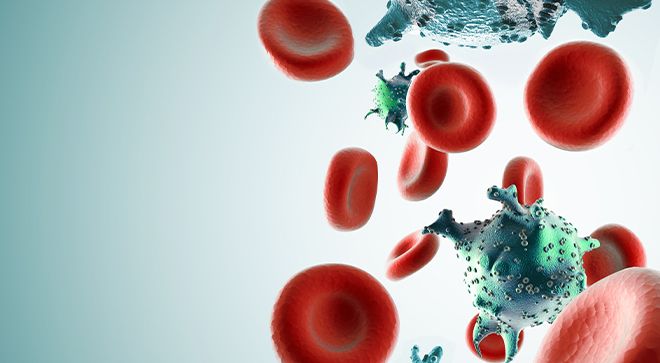Article
Tumor-Infiltrating Lymphocyte Decreases Death Risk in Unresectable Skin Cancer
Author(s):
The use of a tumor-infiltrating lymphocyte therapy led to better outcomes than treatment with Yervoy in patients with unresectable, treatment-refractory stage 3/4 melanoma, a type of skin cancer, study results showed.
Treatment with a tumor-infiltrating lymphocyte (TIL) therapy led to a 50% decrease in risk of disease progression or death, compared with Yervoy (ipilimumab) in patients with stage 3/4 melanoma that did not respond to treatment and was not able to be surgically removed, according to findings from the phase 3 M14TIL trial.
According to the American Cancer Society, melanoma is a less common type of skin cancer, although it is more prone to spread.
TIL therapy is a cancer treatment method where clinicians remove cancer-attacking immune cells called TILs from a patient’s body, grow the TILs into large numbers and then re-infuse them back into the patient. Once infused, TILs are supposed to recognize and attack cancer cells.
READ MORE: Unleashing the Power Within Using Tumor-Infiltrating Lymphocyte Therapy
Findings from the trial, which were presented at the 2022 Europen Society of Medical Oncology Congress showed that after a median follow-up of 33 months, average progression-free survival (time from treatment until disease worsens) with the TIL therapy was 7.2 months, compared with 3.1 months for Yervoy. At six months, 52.7% of patients in the TIL group and 21.4% in the Yervoy group did not experience disease progression.
“This is the first multicenter, randomized, controlled trial studying a T-cell therapy in solid cancer, in this case comparing TIL to (Yervoy) as more or less a second-line treatment for metastatic melanoma. TIL significantly improved (progression-free survival),” lead investigator Dr. John Haanen, of Netherlands Cancer Institute in Amsterdam, said in a press conference at the meeting.
In the open-label study, which was initiated in 2014, 168 patients were randomly assigned to receive TILs (84 patients) or Yervoy (84 patients). Most patients were refractory to a prior anti-PD-1 therapy (86%). Patients were evenly divided among the two groups based on BRAF status, treatment line, and treatment center.
For those in the TIL group, TILs were collected from resected melanoma tissue and then expanded outside of the patients’ body using anti-CD3, feeder cells, and interleuken-2 (IL-2) until they reached at least 5 × 109 cells per infusion.
“The patients undergo surgery and the (TILs are grown) in the time needed for patients to recover from that, because we need a metastatic lesion to grow the TIL,” he said. “If it is a subcutaneous nodule, it is easy, but if it is a lung nodule, it can be a bigger surgery.”
According to Haanen, it takes five to six weeks to grow the cells and a total of eight weeks to treat patients.
Prior to infusion of the TILs, patients received drugs to reduce the number of normal lymphocytes, to make room for the lymphocytes engineered to fight cancer. Hospitalization was required throughout this process.
The overall response rate, which describes the percentage of patients whose disease shrinks as a result of treatment, was 48.8% with the TIL therapy compared with 21.4% for Yervoy. The complete response rate (percentage of patients whose cancer completely disappears) was 20.2% for patients treated with the TIL therapy compared with 7.1% for Yervoy. An additional 19.1% of patients experienced stable disease in the TIL group compared with 17.9% in the Yervoy group, bringing the clinical benefit rates to 67.9% and 39.3% in each group, respectively.
The median overall survival (time from treatment until death of any cause) was 25.8 months with TILs, versus 18.9 months with Yervoy; however, these data were not yet statistically significant with follow-up ongoing.
Severe side effects were experienced by all patients in the TIL group compared with 57% of patients in the Yervoy group. Most of these events were related to IL-2 and the pre-infusion regimen, Haanen noted.
“There were no new safety concerns with TIL beyond what is known for this treatment,” he said. “All of these toxicities are driven by the lymphodepleting regimen and the high-dose IL-2. Most of these side effects were already completely gone by the time the patients were released from the hospital and there were no long-term sequelae in patients treated with TILs. There was also better health-related quality of life scores in patients treated with TIL.”
For more news on cancer updates, research and education, don’t forget to subscribe to CURE®’s newsletters here.




